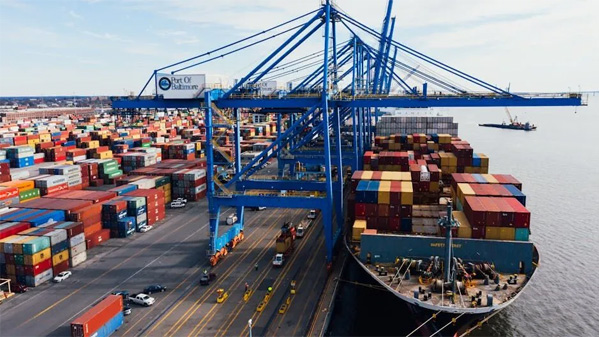2024/08/01

Summary of the Article:
What is Blank Sailing?
Six Factors Leading to Blank Sailing
Impacts of Blank Sailing
Future Developments in Blank Sailing
What is Blank Sailing? Blank sailing refers to the practice by shipping companies of skipping a scheduled port of call or canceling an entire voyage. This often occurs when a port is heavily congested or when cargo handling and customs clearance are exceedingly slow.
Six Factors Leading to Blank Sailing Blank sailing is a frequent occurrence, especially during major holidays. For instance, during the Chinese New Year, factories shut down, reducing transportation demand. However, there are several other common factors:
1/Low Demand for Cargo Space: Blank sailing largely depends on the demand for cargo space. If demand on a particular route is low, shipping companies may opt for blank sailing or even cancel the entire voyage.
2/Capacity Reduction to Increase Freight Rates: Shipping companies often use blank sailing to optimize their operations and services. By canceling scheduled sailings, they also seize the opportunity to raise freight rates.
3/Port Congestion: Port congestion can cause unexpected delays on scheduled routes, often leading shipping companies to skip certain ports.
4/Vessel Malfunctions: Mechanical failures sometimes necessitate repairs at specific locations or ports, delaying the scheduled voyage.
5/Port Strikes and Labor Unrest: Similar to port congestion, labor disputes and strikes can lead to blank sailing, affecting vessel docking and other port services.
6/Adverse Weather: Weather warnings, such as tropical storms, may require ships to take precautionary measures, potentially canceling calls at affected ports and causing schedule delays.
Impacts of Blank Sailing How do these factors affect your business? Primarily in three ways:
1/Disruption of supply chains, potentially leading to inventory shortages, production delays, and decreased customer satisfaction.
2/Uncertainty in blank sailing makes it challenging for companies to efficiently plan and manage inventory.
3/Unpredictability in skipped ports and canceled stops may result in additional costs for shippers.
Future Developments in Blank Sailing Shipping companies aim to offset the additional costs brought by stringent carbon emission regulations, so shippers should prepare for higher freight rates in 2024. With increased cargo volumes and a growing demand for green methanol to reduce carbon emissions, the supply of vessels is expected to rise. Major shipping companies like CMA CGM, Hapag-Lloyd, and COSCO are ordering green vessels. As fleet sizes grow, achieving market balance becomes more challenging, potentially leading to more planned blank sailings. Early predictions suggested that measures such as mergers and alliances among shipping companies would help eliminate supply-demand imbalances and stabilize plummeting freight rates. However, the situation may have spiraled out of control for shipping companies, as they failed to manage capacity to stabilize rates, incurring significant losses. To address this issue, many shipping companies may continue to resort to blank sailing. Despite a slight decline in blank sailings, they are expected to persist in the foreseeable future due to various disruptive factors.